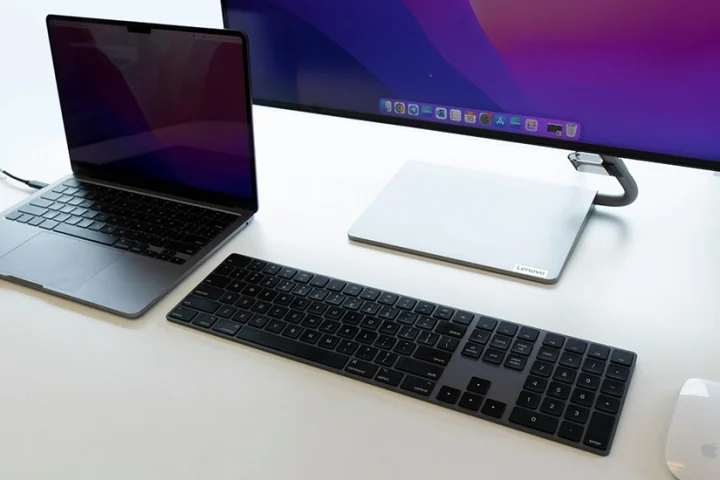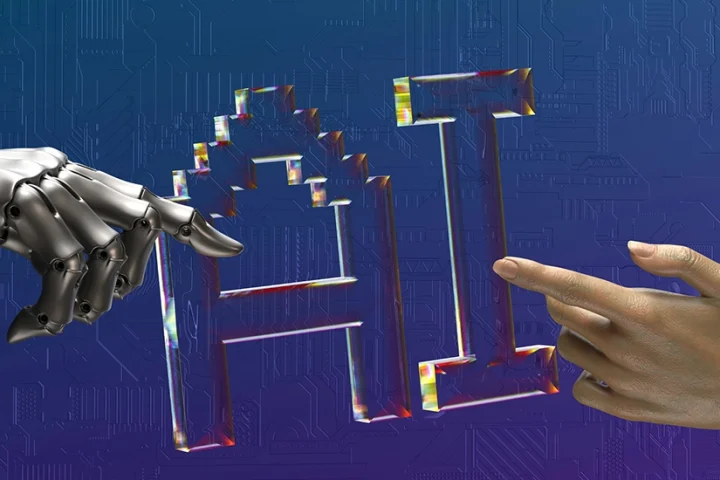The rapid pace of digital business evolution means that organisations must be continuously adapting their business and operating models. For most organisations, some degree of change is required to accomplish their business priorities.
If you pursue the right strategy and quickly adapt to what is next, you will be ready to deal with sustained and rapid change. This builds momentum through and beyond digital transformation using the approach called ContinuousNext.
ContinuousNext is a strategy to achieve success in a world that is constantly changing. Changing mindsets lead to new practices, which are amplified by technology, leading to new capabilities and yielding new results.
Start with a simple formula:
(Mindsets + Practices) X Technology = Capabilities
Given constrained resources and resistance to culture change, leaders should embrace five significant imperatives to enact a ContinuousNext strategy in their organisations.
Privacy
Mastering privacy and creating trusted digital connections is an urgent imperative for ContinuousNext. In ContinuousNext, privacy and data security techniques will continue to evolve.
Privacy is one of the top barriers to being or becoming a dynamic organisation. How consumers feel about privacy, and what actions they take surrounding privacy, have shifted.
Privacy is now a board-level issue, and CIOs need to maintain data protections to ensure a dynamism that supports ContinuousNext evolution
Today’s consumers are updating privacy settings or even deleting social media accounts altogether. Further, governments are taking action with legislation like CASL and GDPR. As consumers become less willing to sacrifice security and safety for convenience, organisations must carefully balance deriving value from consumer data with protecting it.
A smart way to change culture without big pronouncements and 100-page slide decks, is to start culture hacking. Organisations that hack their culture can turn a barrier into an accelerator. CIOs might want to try this. Gartner predicts that by 2021, CIOs will be as responsible for culture change as are Chief Human Resource Officers.
Augmented intelligence
Remarkable advances in artificial intelligence have taken it to the point of augmented intelligence. In recent years, artificial intelligence has met human capability in reading comprehension, Chinese and English language translation, and cancer diagnostics.
As a broad collection of technologies, artificial intelligence works not as programmed technologies, but instead as learning systems that rely more on data than programming. Because they are networked, they will learn from their peer artificial intelligence systems — and advance exponentially.
The most impactful artificial intelligence implementations are those in which people interact with the technology in a collaborative system
However, although organisations that have yet to launch an artificial intelligence initiative fear that it will displace human jobs, those that have adopted artificial intelligence technologies find this is not the case. The reality is organisations are beginning to use artificial intelligence not to replace humans, but to augment the work they are able to do.
People work side by side with artificial intelligence, which extends their capabilities and makes jobs more impactful. In other words, the most impactful artificial intelligence implementations are those in which people interact with the technology in a collaborative system versus those in which people merely consult the technology as a separate system.
Continuous modernisation
Organisations must move away from only supporting and working around legacy infrastructure. The focus is now on modernising the core to shape, change and drive digital transformation. This is what Gartner calls continuous modernisation.
To make the leap to continuous modernisation, organisations must focus on three things:
- Shaping a different type of relationship with your business by aligning with partners.
- Shifting mindset toward legacy infrastructure by recognising the dynamism that is central to a continuous modernisation effort.
- Sharing insights and new perspectives.
A renovated core technology platform that is continuously modernised will spring you forward into the next phase of your ContinuousNext journey.
Digital product management
Some of the most powerful companies have fused digital technology into products, creating a new management practice across all industries. Digital products are now in every industry, which has given rise to a new push for digital product managers.
Digital product management is a core imperative of ContinuousNext, and accelerating adoption means that if you do not start soon, you may never catch up. By shifting to a digital product mindset, organisations can put customers at the center of their development.
Culture
Organisations must have a dynamic culture to enable ContinuousNext. However, culture is identified by 46% of CIOs as the largest barrier to realising the promise of digital business. The first rule of culture change is to know what you want to change into.
In terms of getting there, you will need to do a lot of big change. But what leaders systematically leave on the table are the smaller actions that could have just as big an impact on change.
A smart way to change culture without big pronouncements and 100-page slide decks is to start culture hacking. By culture hacking, we do not mean finding a vulnerable point to break in to a system. It is about finding vulnerable points in your culture and turning them in to real change that sticks.
Culture hacking takes change off the horizon and inserts it into people’s day-to-day, in a visceral, memorable way. A great culture hack incites an immediate emotional response — shock, love, shame, pride — has immediate results, and is visible to lots of people at once.

Key takeaways
- Changing mindsets lead to new practices, amplified by technology, leading to new capabilities and new results.
- A smart way to change culture without big pronouncements is to start culture hacking.
- Top performers are twice as likely to be doing product-centric delivery.
- Digital product management is not just a different way of doing IT, it is a different way of doing business.
- Organisations that hack their culture can turn a barrier into an accelerator.
- The most impactful artificial intelligence implementations are those in which people interact with the technology in a collaborative system
- Organisations are beginning to use artificial intelligence not to replace humans, but to augment the work they are able to do.
- People work side by side with artificial intelligence, which extends their capabilities and makes jobs more impactful.
- Culture is identified by 46% of CIOs as the largest barrier to realising the promise of digital business.
- The first rule of culture change is to know what you want to change into.
Successful transformation requires ability to change mindsets amplified by technology, while generating progress, explains Chris Howard at Gartner.
























